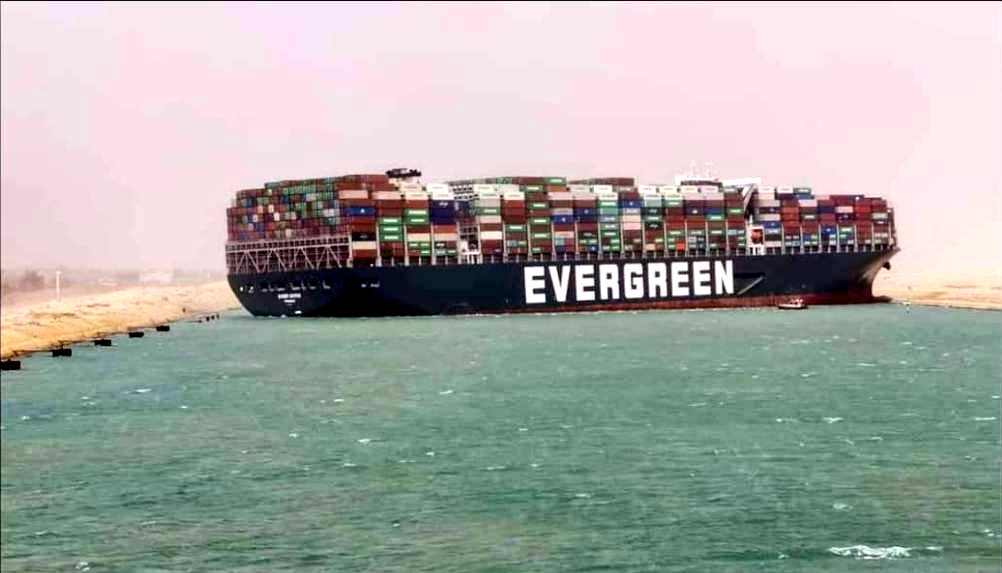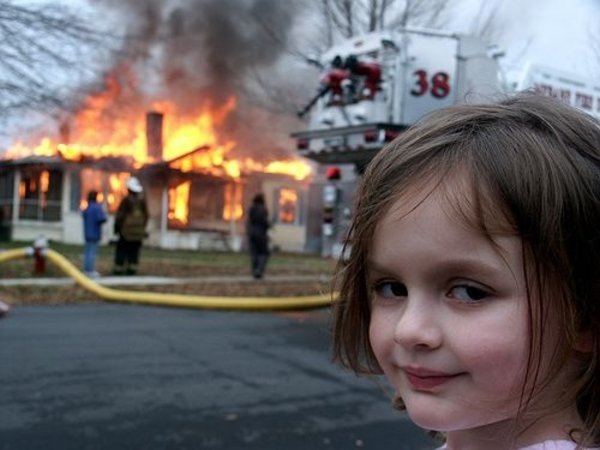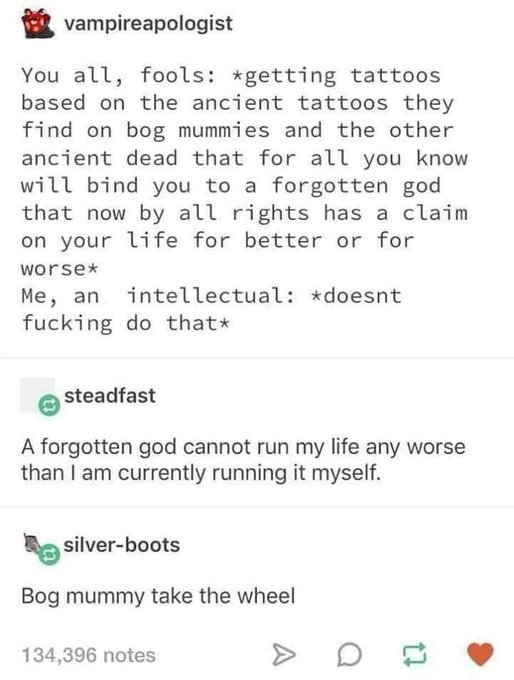Ryan Johansen’s signature shootout move has been heavily discussed again lately, because it pushes the limits of the shootout rules.
Last week against the Detroit Red Wings, he took it to an extreme even for himself.
Ryan Johansen's "controller disconnected" shootout move is still working pic.twitter.com/3aYTk5MRtC
— Brady Trettenero (@BradyTrett) April 7, 2021
The rule that gets people in trouble here is part of Rule 24 - Penalty Shots, which reads in part:
The puck must be kept in motion towards the opponent’s goal line
There’s two things that we look at very closely when trying to judge this rule. First, we give the shooter a very small amount of leeway if the puck stops as a natural consequence of their shot mechanics. This is a bit difficult to quantify, but basically if the puck stops for a fraction of a second while the shooter is in the instantaneous act of shooting the puck, that’s generally Ok.
If, however, they do this in a deliberate act of deception, fake out the goal tender by stopping the puck, then move it again and make a completely different action to shoot the puck? That is not ok.
In this case, Johansen very briefly stops the puck in the act of taking his shot so, while this skirts at the edge of the rule, we’re generally going to let it slide.
The second thing is that the motion of the skaters themselves often gives the illusion” that the puck has stopped when in fact it has not. In the act of stickhandling the puck, if the skater’s velocity does not change but they _slow the puck down it will appear by frame of reference to have stopped. This isn’t really the case, though it’s hard to see unless you slow a reply down and frame-by-frame it. So, if the shooter has the puck way out in front of themselves but then draws it in closer, you might perceive this as the being stopped, but it’s not really - it’s just moving at a slower rate of speed.
I’ll also note that there is some slight nuance between rulebooks.
For instance, the IIHF has this to say:
Rule 177 (x) The skater is allowed to use the full width of the ice so long as he demonstrates continuous forward or lateral movement of both his body and the puck towards the goal net. (xi) The penalty shot is considered complete once: … 3. The skater has not kept the puck in continuous forward or lateral movement;
So while the NHL says the puck must be kept in motion towards the goal line, which extends the entire width of the ice, the IIHF wants the motion to be towards the goal net, but they also allow lateral motion.
In practice, these rules are roughly equivalent to one another, they just attack the wording from different angles.




